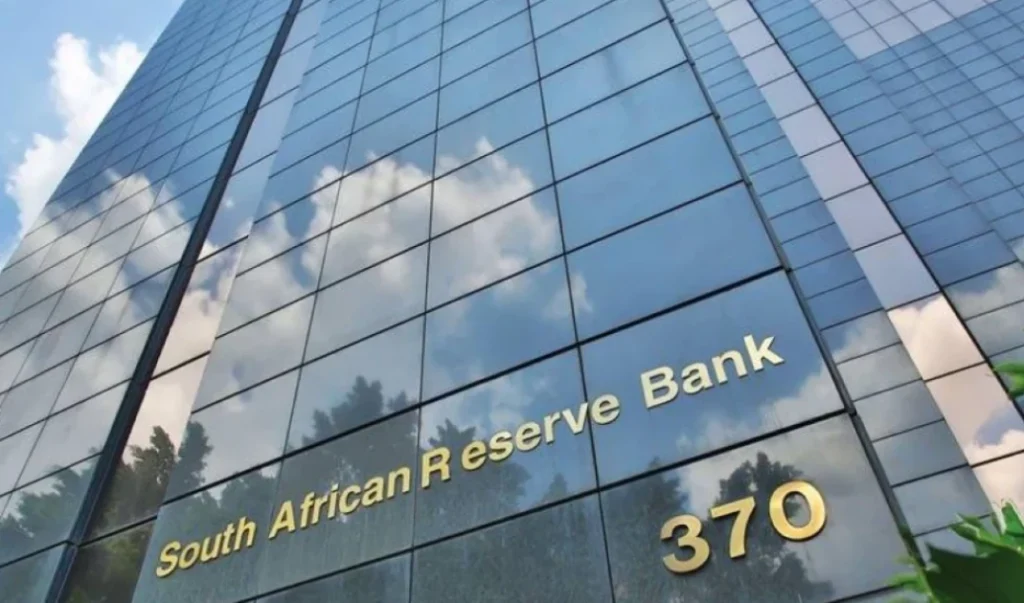- South African Reserve Bank administers “bitter medicine”, raises key rate to 8.25 percent to tackle inflation.
- Trading Economics states South Africa’s average food price inflation was 6.07 percent annually between 2009 and 2022.
- Within the last three months of 2022, South Africa’s economic development has stumbled below pre-pandemic levels.
South African Reserve Bank has raised the benchmark interest rate to 8.25 percent, a 14-year high as policymakers move to tackle escalating inflation. Borrowers are set for tough times as Governor Lesetja Kganyago administers “bitter medicine” on the economy in the face of worsening inflation.
Globally, economies have been tightening fiscal stance to contain inflation in step with US Federal Reserve move to increase rates to check the rising cost of living.
South African Reserve Bank forced to increase rate
Since utility Eskom resorted to power cuts, South Africa has been plunged into numerous economic disruptions. As a result, this is creating a domino effect that is altering the fortunes of several industries. With a lack of sustainable power, Africa’s most industrialised country has been sleep walking into a crisis -literally-and now poor growth numbers are showing.
The country’s GDP contracted by 1.3 percent in the three months ended December 30, last year. But South Africa’s inflation fell more than expected to 6.8 percent year on year in April from a higher 7.1 percent in March. Policymakers in Africa’s most industrialised country have been working to steer inflation to a range of between three to six percent.
South African Reserve Bank had to take drastic measures to further push inflation to within target range. In 10 consecutive meetings, the Central bank’s monetary policy committee has raised the benchmark rate to contain the unfolding crisis. As a result, it added a total of 475 bps to the rep rate since it began a tightening policy in November 2021.
Read also: Kenya spends 57 cents of every dollar on debt. Sustainable?
With key lending rate at 8.25 percent last experienced 14 years ago is a pointer to the dire economic climate in South Africa today. Mr Lesteja Kganyago, Governor of the central bank, said elevated inflation informed the drastic action.
Numerous electricity blackouts in South Africa
This analogy refers to South Africa’s current economic crisis brought about the numerous electricity blackouts. Unfortunately, the high-inflation rate is just the tip of the iceberg.
The local currency, South African rand, is losing ground, hitting an all-time low against the dollar at 19.66 units
However, despite the current state of this economy, the South African Reserve Bank has stated that it still expects its rate to improve. For now, however, they claimed that the increase was necessary to ensure the economy did not plunge into chaos.
“With core goods and food higher in the near term, headline inflation for 2023 is revised. Given upside inflation risks, larger domestic and external financing needs, and load-shedding, further currency weakness appears likely.”
Read also: REDAVIA’s free solar leases for businesses are a big hit in Kenya
South African faces challenging times
In 2023, South Africa appeared on numerous front pages for all the wrong reasons. Unending power outages have hit industries hard. High food inflation rates have raised concerns, with policymakers left at pains to prescribe a way forward for millions of citizens.
An increase in interest rates triggers a domino effect, which other industries have to adjust to maintain profitability. Trading Economics states South Africa’s average food price inflation was 6.07 percent annually between 2009 and 2022. Its highest peak was in February 2009 at 15.6 percent, but given the sudden increase, they might have to prepare for a worse experience.
In March 2023, South Africans took to the streets demonstrating against their government. The people rallied due to the economic devastation the power cuts were bringing on their lives. The protests were an implosion given that there were complaints since 2022.
Within the last three months of 2022, South Africa’s economic growth slumped to below pre-pandemic levels. This was very concerning given that under Covid-19 most businesses across economies remained closed.
Read also: Reserve Bank of Zimbabwe to introduce gold coins
The Economic Freedom Fighters led the riot to amplify various issues plaguing the country. Furthermore, the government had initially announced an added tax on electricity without giving an elaborate walk-through on how it would deal with the inefficiencies at utility Eskom.
